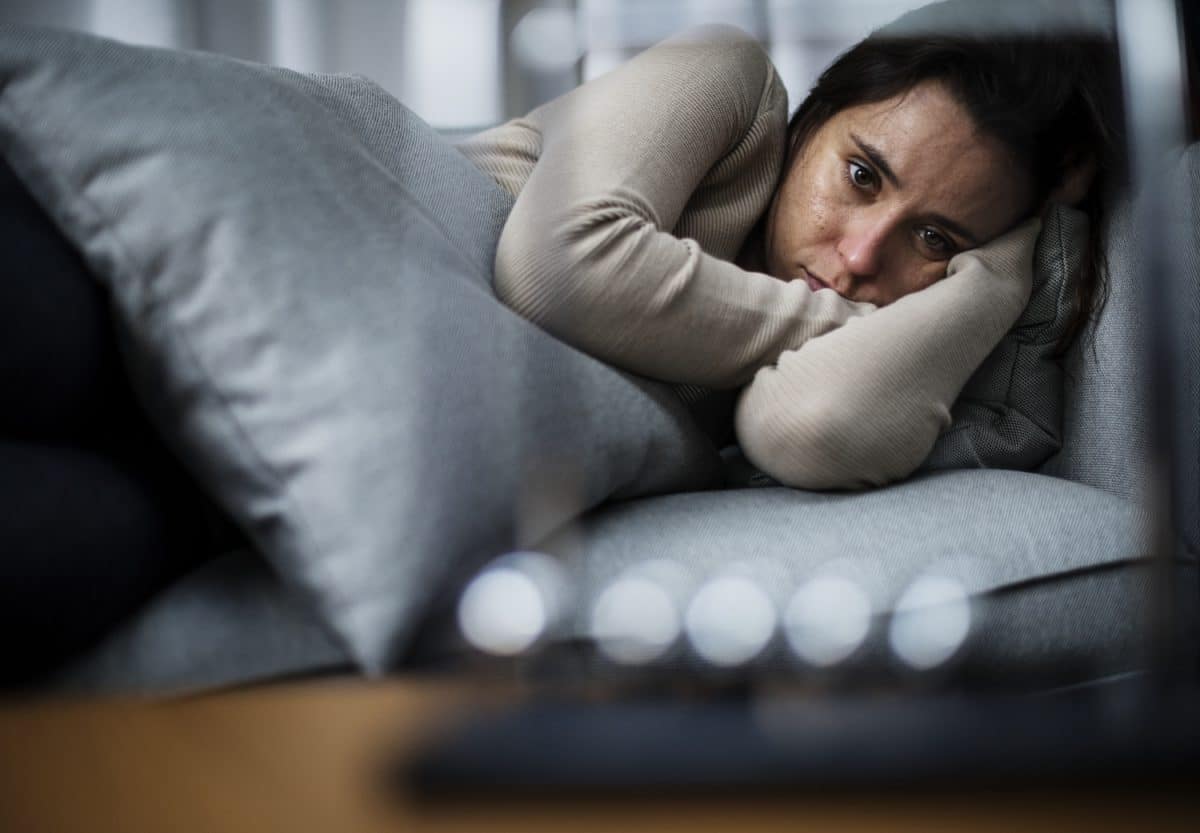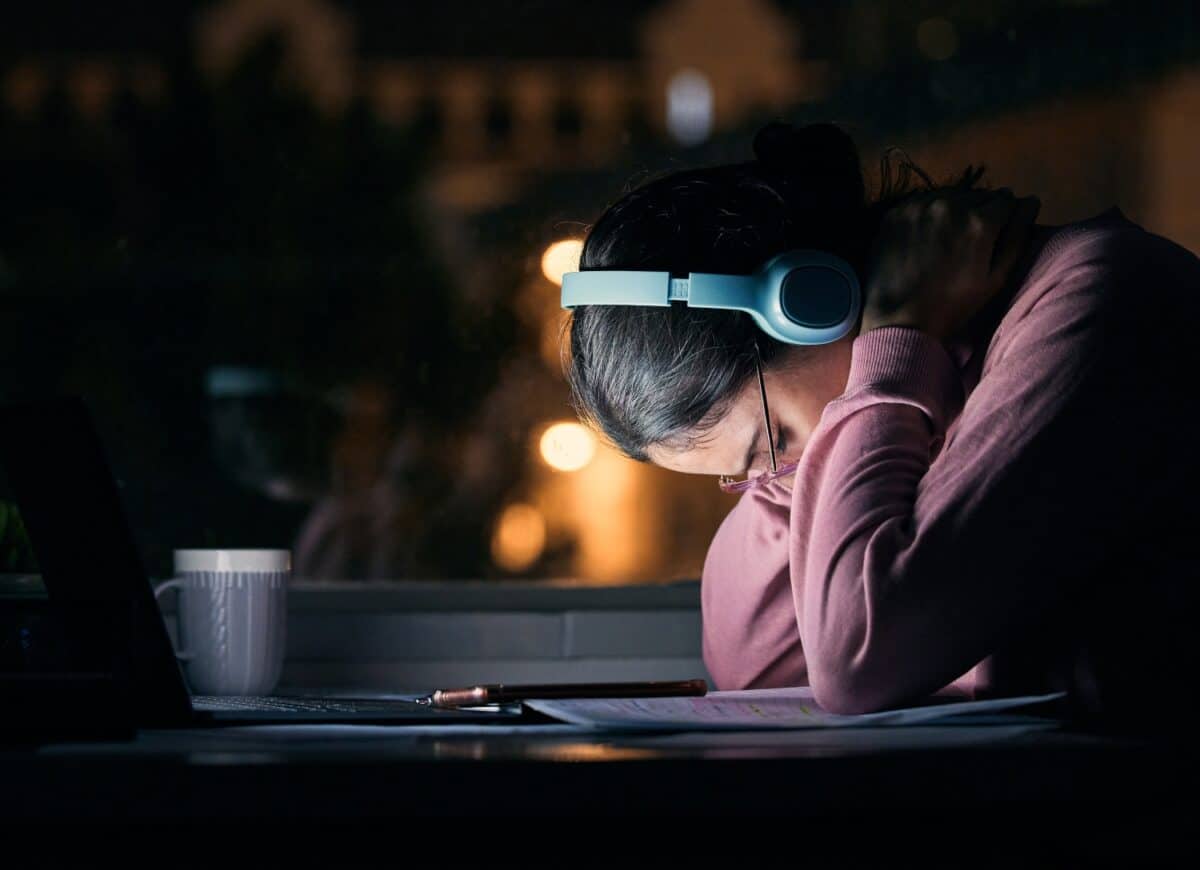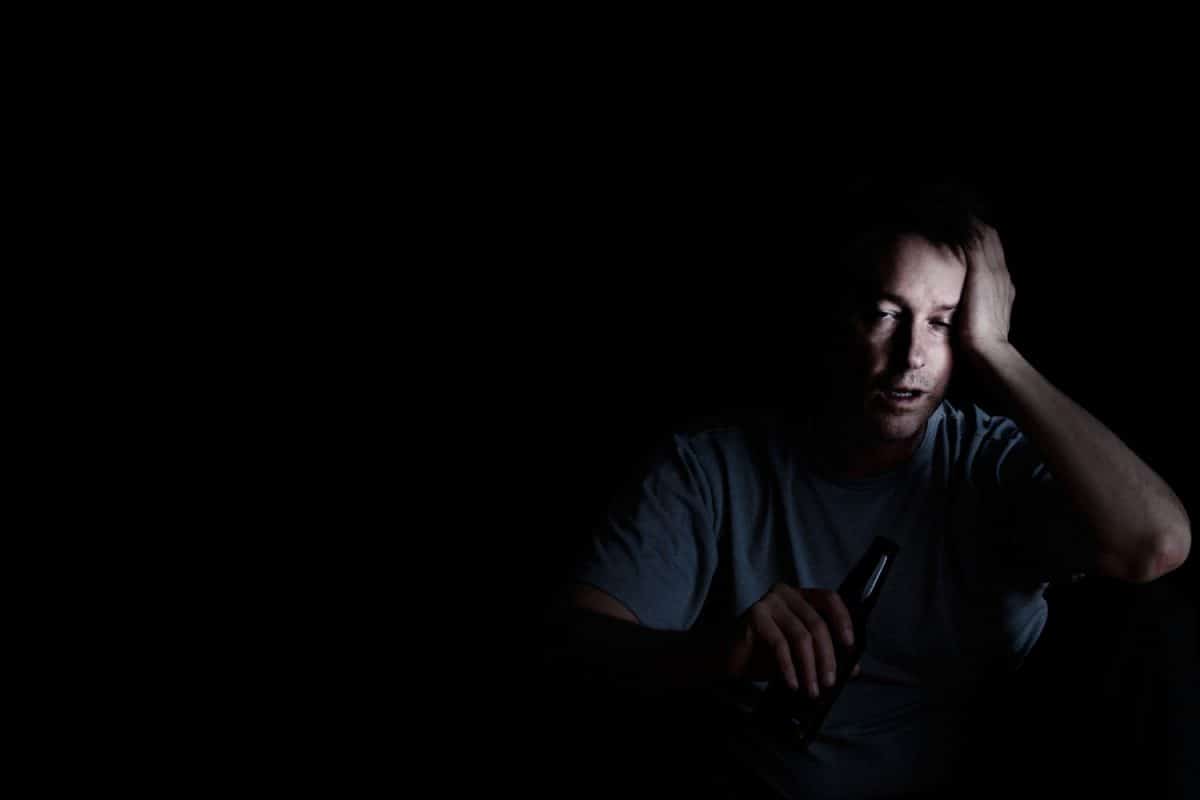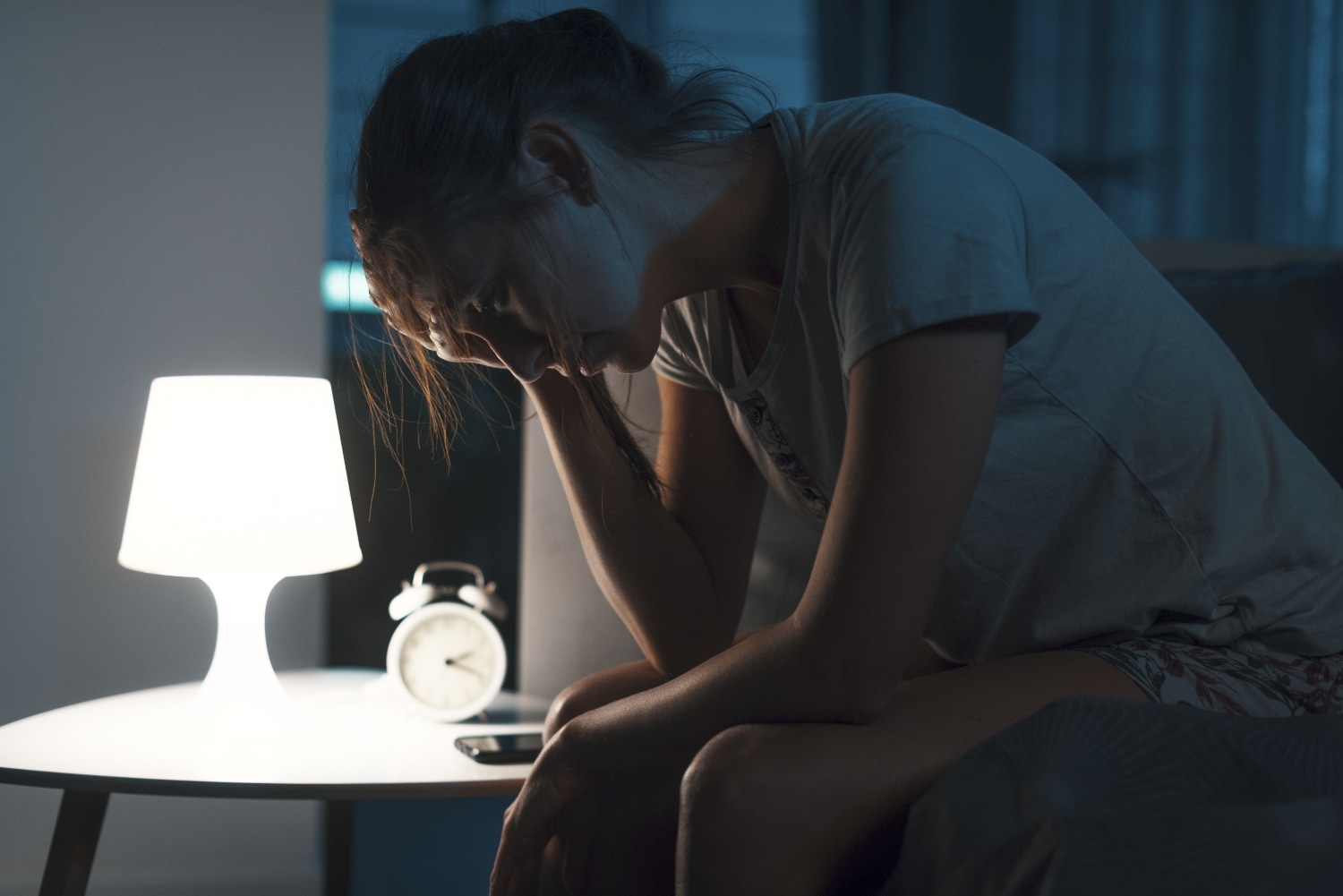Many of us are familiar with the “Winter Blues”. Given the vital role of sunlight in our health, it’s only natural that colder, darker days would have a noticeable influence on our mood and well-being. However, while most remain only mildly affected, a portion of the world suffers from a condition called seasonal depression – also known as seasonal affective disorder (SAD).
SAD is a recurrent major depressive disorder usually beginning in the fall and continuing throughout winter. According to the Anxiety & Depression Association of America, roughly 7% of the US population suffers from some form of SAD. Moreover, it is more prevalent in those with preexisting mental health conditions like bipolar disorder or anxiety disorder.
For those struggling with both addiction and SAD, the winter months can be especially taxing. Recovery is challenging enough without having to contend with an extra set of symptoms. Fortunately, beyond packing up and moving to an equatorial region, there are treatments that can help reduce the negative impact of the darker seasons.
What triggers seasonal affective disorder?
While the exact causes of SAD are not yet fully understood, research suggests that a combination of genetic, environmental, and psychological factors may contribute to its development.
Some of the triggers of SAD may include:
Reduced exposure to sunlight
This is the deciding factor for SAD. During the wintertime, the lack of sunlight can disrupt the body’s internal clock, which can cause a drop in serotonin levels. Furthermore, you no longer have as much access to the best, natural source of vitamin D (via the sun’s photons) and low levels of this vital nutrient can play a part in SAD symptoms.
Changes in circadian rhythm

The reduced daylight hours during the fall and winter can also disrupt our body’s circadian rhythm, leading to changes in sleep patterns and energy levels.
Genetics
Convincing evidence suggests genetics may play a role in the development of SAD, as the disorder tends to run in families.
Environmental factors
Living at high latitudes (like Iceland or Norway), where there is less sunlight during the winter months, increases the risk of developing SAD. Indeed, this research shows that rates of winter SAD and subsyndromal SAD were shown to be substantially higher at more northerly latitudes.
Other mental health conditions
People who have a history of depression, bipolar disorder, or other mental health conditions may be more vulnerable to developing SAD.
Hormonal imbalances
Some research suggests that hormonal imbalances, such as a decrease in melatonin or an increase in cortisol, may contribute to the development of SAD.
It’s worth noting that not everyone who experiences the triggers mentioned above will develop SAD, and some people may feel its symptoms during other times of the year.
As the above shows, SAD is a difficult condition to pinpoint and rarely occurs in a vacuum. Often, there are other factors contributing to SAD symptoms, for example, diet, autoimmune disorders, or preexisting health conditions.
What are the symptoms of SAD?

As SAD tends to overlap with other disorders and varies from person to person, there is no clear-cut list of symptoms. However, those who have been diagnosed have reported:
- Feeling down or unhappy for the majority of the day, almost every day.
- Having a sense of worthlessness or remorse.
- Losing interest in things they used to enjoy.
- Feeling lethargic and low in energy.
- Problems with excessive sleep.
- Cravings for carbohydrates, overeating, and weight gain.
- Feeling like they can’t go on.
How seasonal affective disorder and addictions can overlap
In most cases, addictions are a way people deal with pain—whether that be deep-rooted trauma, difficult life events, or other health issues. Put simply, the substance or behavior promises short-term relief and an escape from suffering. For those with a history of addiction, SAD symptoms may increase the temptation to start reusing a substance or re-engaging with an addictive behavior.
Without the right tools or proper support, the strain of seasonal affective disorder can weaken your resolve and boundaries. During this period, you may experience strong cravings for certain substances, such as stimulants or alcohol, as a way to cope with SAD symptoms.
Even in those who aren’t already chemically dependent, SAD can increase the risk of developing an addiction, particularly if you begin using substances regularly to manage your symptoms.
For those already struggling with addiction, SAD may make the symptoms of your addiction worse. Feelings of hopelessness, low energy, and difficulty concentrating, can make it more challenging to manage cravings and stay on track with recovery. As the days darken, engaging in therapy or following through with your treatment plan can suddenly seem more difficult. This is why it’s essential you have a trusted support network that can help prevent relapse and guide you through the tougher times.
Seasonal affective disorder and alcohol

Those with SAD are more likely to use alcohol than any other substance. On the one hand, this may have something to do with the cravings for carbohydrates SAD can trigger. On the other, alcohol is a legal, socially accepted drug and its consumption is ingrained in many cultures around the world. During the festive season, this comes into full effect, and temptation threatens to rear its head at every gathering.
Alcohol provides one of the most short-lived highs, meaning you often have to keep drinking to sustain it. However, the euphoria, joy, pain relief, and lowered inhibitions you feel from drinking come with severe repercussions for your body and mind. Everyone’s relationship with alcohol is different: a mild hangover for one person can be feelings of dread, anxiety, and even suicidal ideation in another.
Even if drinking itself doesn’t exacerbate SAD symptoms, it almost certainly will thereafter because of the negative impact alcohol has on the brain. As alcohol leaves the body, it’s usual for people to feel anxious, depressed, and gloomy. This cycle worsens the depressive and lethargic feelings that can be caused by SAD.
Seasonal affective disorder and stimulants
Stimulants come in many forms, from the humble coffee bean to destructive substances like cocaine. The key motivation for SAD sufferers to take stimulants is to combat the disorder’s hallmark symptoms of extreme tiredness and listlessness—to boost motivation and productivity during a time of year when they typically struggle. Different stimulants have different effects on the body: a mild caffeine addiction is usually manageable with negligible negative effects on health, but amphetamine dependence can come with much more severe consequences.
It can be tough for those with SAD who have work commitments as their addiction to stimulants can feel like a catch-22 position: do you sacrifice your job or your health? The good news is that many employers will be amenable to your need to take a leave of absence. For those that aren’t, jobs come and go, but your health and well-being are of chief importance.
We’re here to help
Let’s talk
Call now for a totally confidential, no-obligation conversation with one of our professionals.
Seasonal affective disorder and cannabis
It’s now widely known that marijuana can offer myriad health benefits. However, while many use it in moderation and can function optimally, the “miracle herb” isn’t suitable for everyone.
Just like any other substance, chronic use can lead to an unhealthy addiction and place a toll on your health. SAD can make cannabis appealing as it alleviates symptoms in the short term without, for example, the often significant repercussions of something like alcohol or amphetamines.
Though the high may offer some relief, it still comes with a price. Even for those who don’t suffer from any mental health conditions, their mood can dip as the effects of the high wear off. Given it’s one of the milder substances (relatively speaking) cannabis addiction can be insidious and has the potential to creep up on you.
If you’re experiencing SAD symptoms you have to remain vigilant so as not to form a reliance on this (or any other) drug, especially if you’ve struggled with addictions in the past.
Treatments for seasonal affective disorder
Any healthy strategies you can adopt to alleviate SAD symptoms will put you in a much better position to stay sober during the winter months. Given that it can overlap with other symptoms, seasonal affective disorder can be difficult to diagnose. However, we strongly recommend getting professional insight so you can approach treatment effectively.
In most cases, light therapy, psychotherapy, and medication (or a combination of all three) are used to treat SAD symptoms.
Light therapy
One of the main causes of SAD is the lack of available sunlight. Fortunately, there now exists a solution in light therapy (also known as phototherapy); the first-line response to SAD.
For the first hour of each day, patients sit within a few feet of a specially designed light box, exposing themselves to bright light. Light therapy, which simulates exposure to natural light, has been shown to alter the levels of certain chemicals in the brain that are thought to be responsible for regulating mood.
Bear in mind that phototherapy can have side effects like nausea, dizziness, headaches, or tired eyes, so ensure you have the guidance of a health professional.
Psychotherapy

Alternatively, SAD can be treated through psychotherapy, or talk therapy. For those who deal with addictions and SAD, cognitive behavioural therapy (CBT) can be enormously helpful. It can help you acquire helpful coping skills for seasonal affective disorder, including the scheduling of meaningful activities and the reduction of avoidance behaviors.
These coping skills will also help you maintain sobriety throughout the winter season. You’ll be better equipped to determine what’s making you feel bad and use the right tools to remedy it. Moreover, your stress-management skills can improve, and you’ll be better able to integrate healthy routines that can alleviate SAD symptoms, like getting more exercise, maintaining a nutritious diet, and getting restful sleep.
Medication
Given their side effects and occasionally debatable efficacy, many people are understandably apprehensive about starting medications. However, rather than a cut-and-dry solution, medications can provide short-term relief for severe SAD symptoms with a view to exploring more sustainable long-term treatments.
If SAD has the potential to push you into using an addictive substance, a medication plan may be the preferable course of action. However, while studies have shown that SSRIs can offer relief from SAD symptoms, we would advise first trying a combination of light therapy, psychotherapy, and potential lifestyle changes, before taking antidepressants.
How can White River Manor help?
We know recovery isn’t linear. Oftentimes, life will present challenges to sobriety that can be difficult to overcome—seasonal affective disorder is one such challenge. What’s most important is that you have access to the support you need to stay strong throughout the winter months.
No matter what your addiction issues are, White River Manor can provide you with the community and tools needed to maintain your sobriety.
From CBT to group therapy to aftercare, our comprehensive approach to treatment leaves no stone unturned, keeping you on course to build the life you deserve.
If you’d like to talk to us about SAD, addiction, or anything else, please don’t hesitate to contact us.







